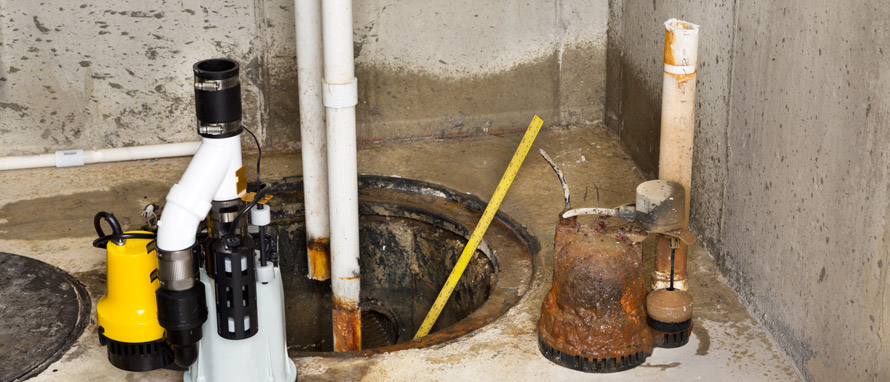A clogged sewer line is more than a minor inconvenience—it can lead to serious plumbing issues and costly repairs. The main sewer line carries waste away from your home, and when it gets blocked, backups and potential damage can occur. Here, we will help you recognize signs of a clogged sewer line and provide tips for unclogging the main drain.
Common Signs of a Clogged Sewer Line
Recognizing the signs early can save you time, money, and hassle. Here are the key indicators that your main sewer line may be blocked:
1. Slow Drains Throughout the House
If multiple drains in your home are draining slowly, it’s likely that the main line is blocked. This could include drains in sinks, tubs, and toilets.
2. Gurgling Sounds
Gurgling noises from drains usually indicate air trapped behind a clog. If you hear these sounds coming from toilets, sinks, or bathtubs, it may be time to investigate the sewer line.
3. Foul Odors
If you notice sewage-like odors coming from drains or around your yard, it’s a sign of a sewer line blockage. These smells not only indicate a problem, but raw sewage also poses health risks.
4. Multiple Fixtures Backing Up
When a main sewer line is clogged, using one fixture can cause backups in others. For instance, running water in your sink may cause water to back up in your tub or shower.
5. Sewage Backup in the Basement or Yard
The most alarming sign of a sewer line clog is raw sewage backing up into your home or yard. This indicates a severe blockage that requires immediate professional attention.
How to Unclog a Main Drain Line
If you suspect your sewer line is clogged, here are methods to help clear it. Some are DIY, but serious clogs may require professional intervention.
1. Use a Plumbing Snake (Drain Auger)
A plumbing snake can help clear blockages. Insert the auger into a drain or sewer cleanout and crank it until you break through the clog. This is often effective for small blockages caused by hair, grease, or debris.
2. Enzyme Drain Cleaners
Enzyme-based cleaners use bacteria to break down organic materials like hair and grease. These are a gentler alternative to harsh chemical cleaners but may take longer to work. They’re best used as a preventive measure rather than a quick fix for serious clogs.
3. Hydro-Jetting
Hydro-jetting uses high-pressure water to clean out your sewer line, removing stubborn clogs and debris. This method is highly effective but should only be done by a professional to prevent pipe damage.
4. Call a Professional Plumber
If DIY methods fail, or if the clog is severe (e.g., caused by tree roots or a collapsed pipe), it’s time to call a plumber. Plumbers can use specialized tools like cameras to inspect the sewer line and apply more advanced solutions like hydro-jetting.
Preventing Future Sewer Line Clogs
Preventing clogs in your sewer line is essential to keeping your plumbing system running smoothly. Here are some helpful tips:
- Avoid Flushing Non-Flushable Items: Only flush toilet paper and human waste. Flushing items like wipes, paper towels, or feminine hygiene products can quickly lead to blockages.
- Dispose of Grease Properly: Never pour grease or oil down the drain. These substances solidify in pipes and cause clogs over time.
- Schedule Regular Inspections: Having your plumbing system inspected regularly can help catch small issues before they escalate into major problems. Plumbers can identify early signs of blockages or damage in your sewer line.
Protect Your Sewer Line
By recognizing the signs of a clogged sewer line early—such as slow drains, gurgling noises, foul odors, or sewage backups—you can prevent significant damage to your home’s plumbing system. While some clogs can be cleared with DIY solutions like a plumbing snake or enzyme cleaner, severe blockages require professional help. Addressing these issues promptly can save you from costly repairs and ensure your plumbing runs smoothly.
Powell’s Plumbing offers professional sewer and drain services throughout Virginia and West Virginia. If you need help with a clogged sewer line, contact us today!





Recent Comments